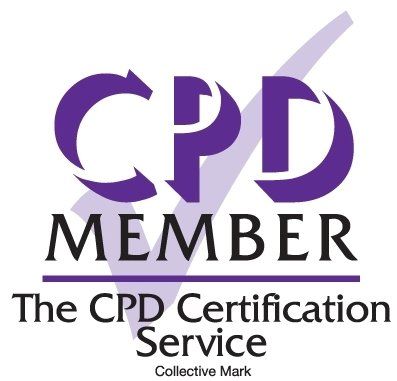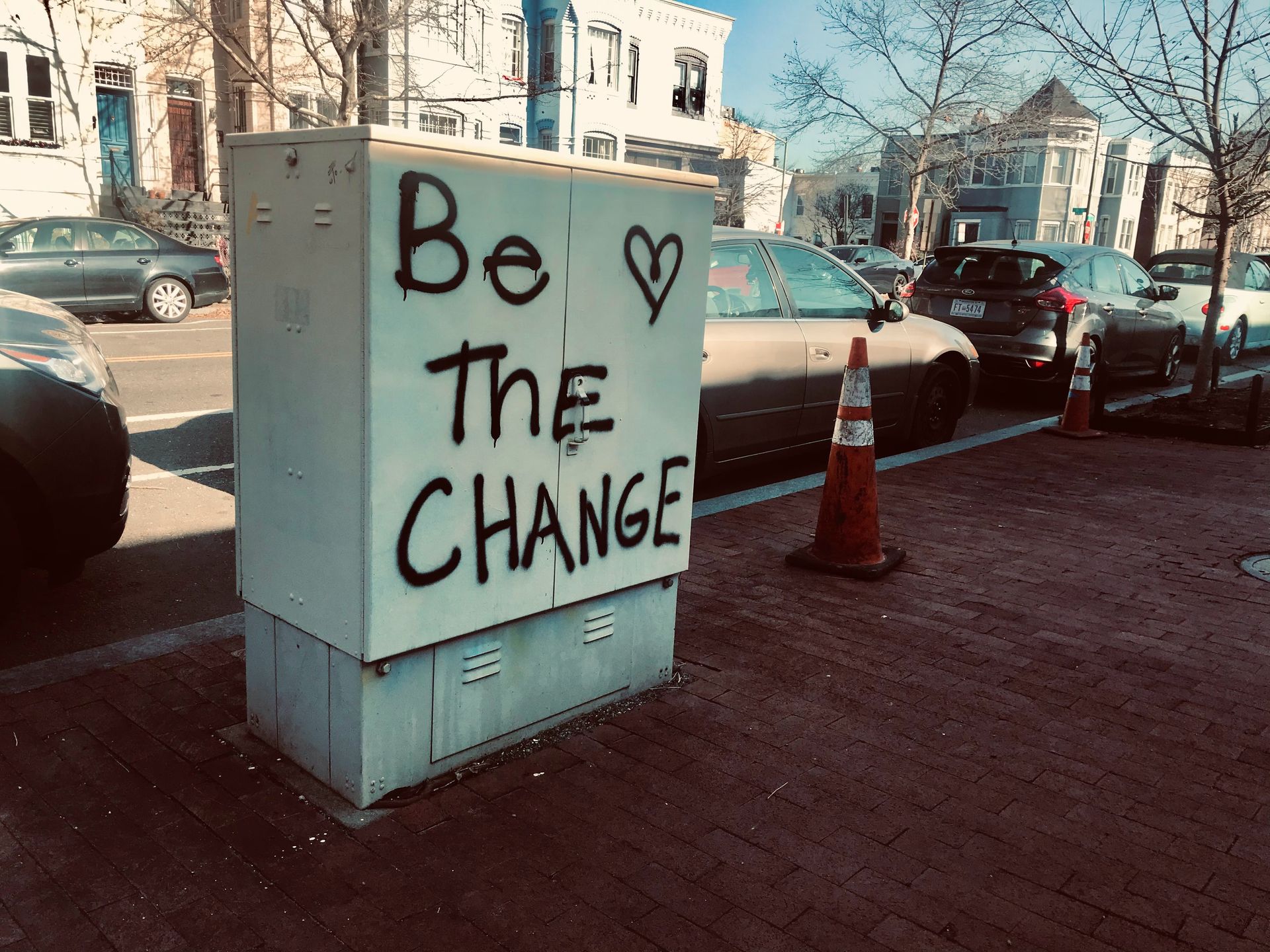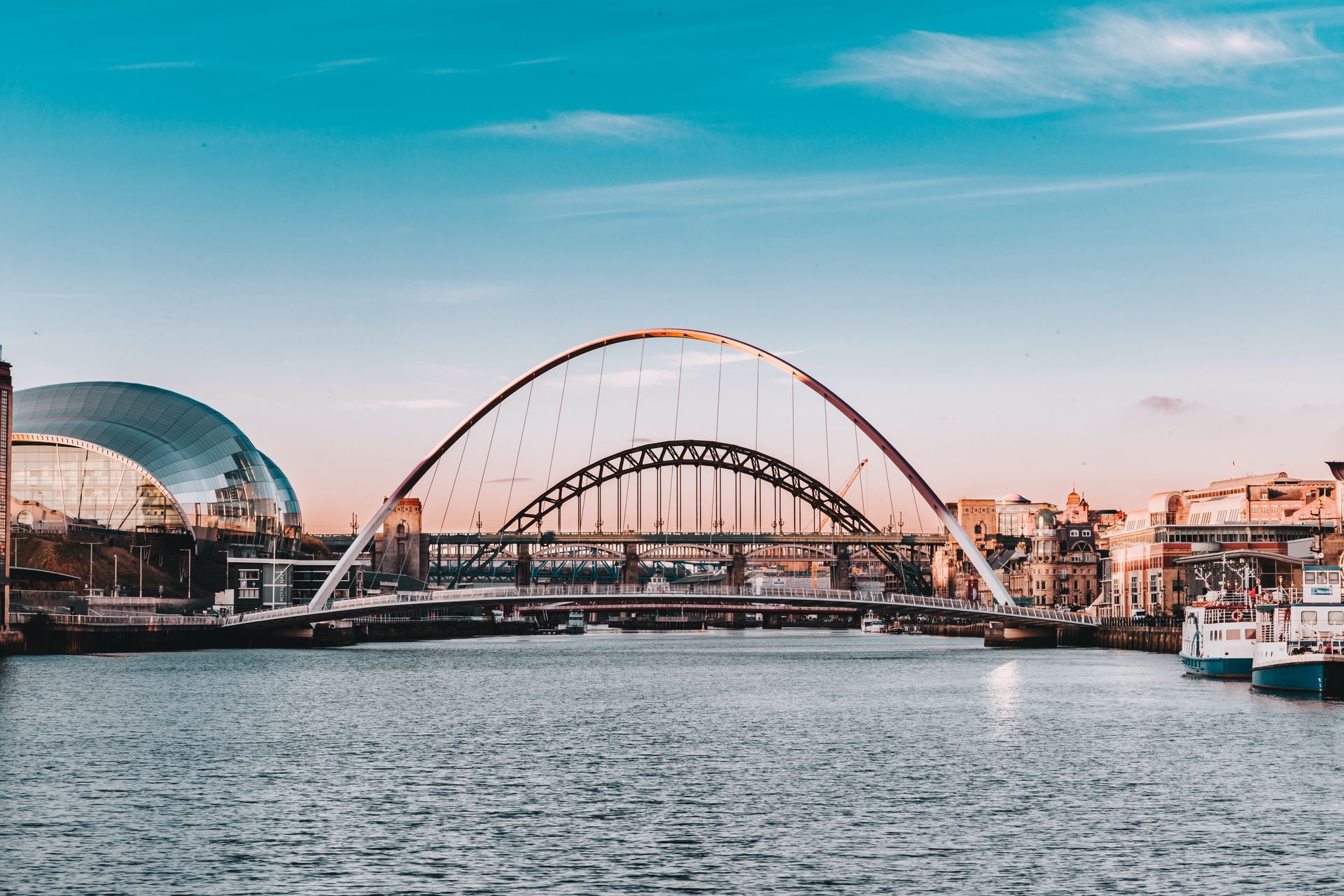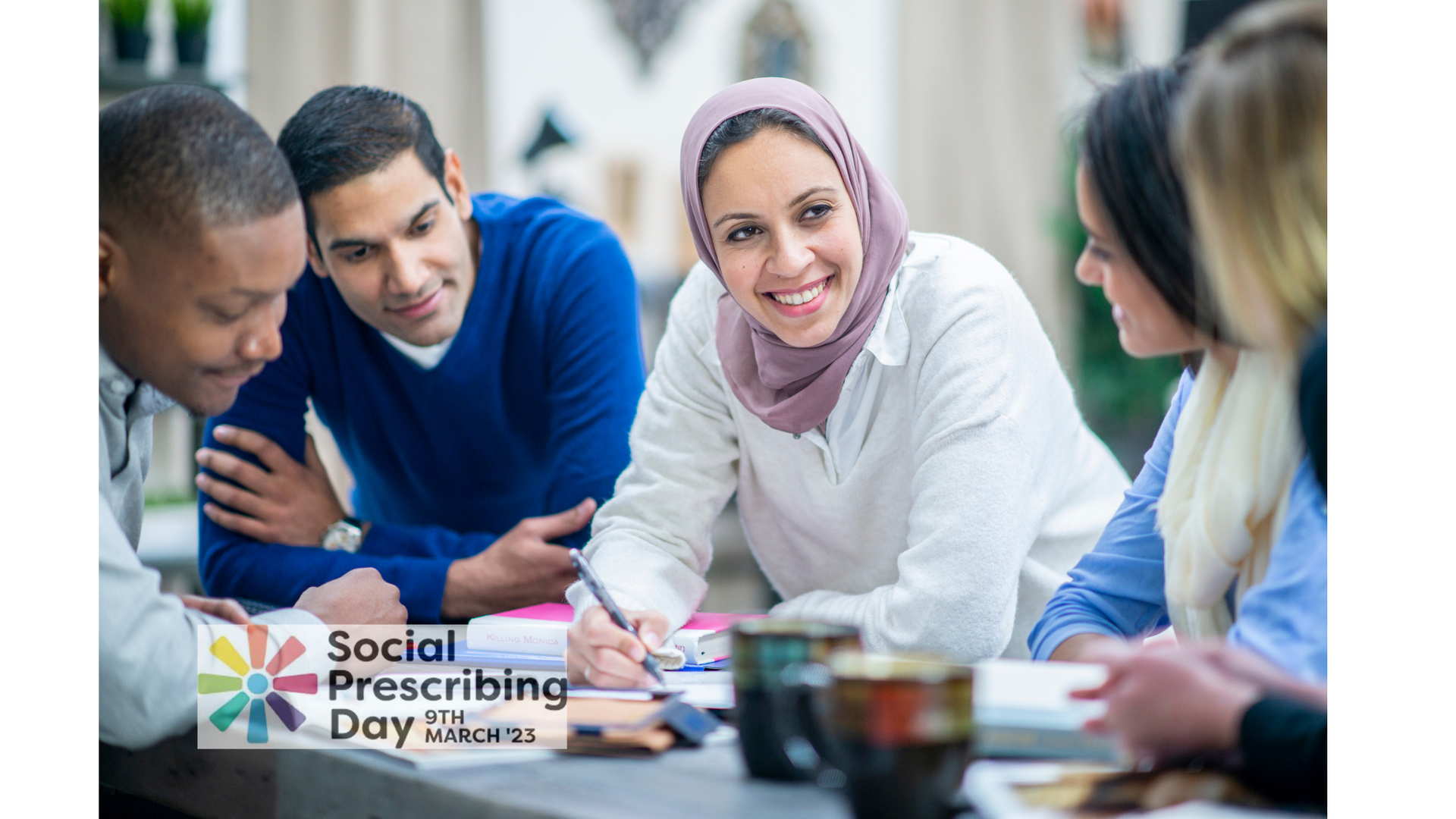The Practice of Gratitude
Emma Williamson
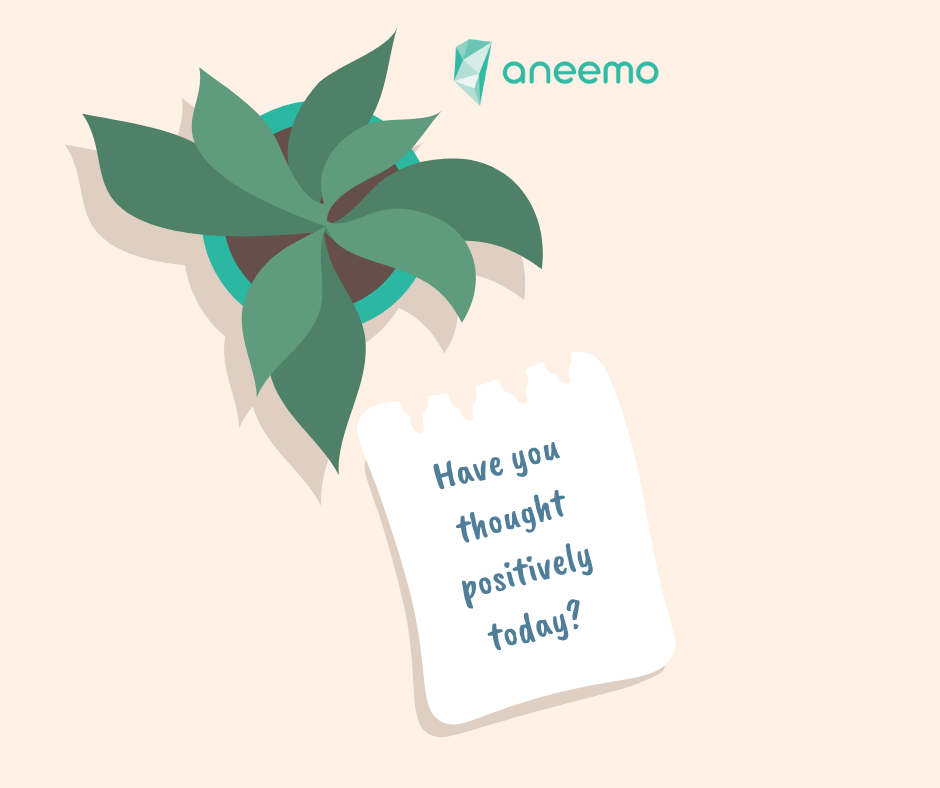
The Practice of Gratitude
By Dr Emma Williamson (Clinical Psychologist)
Adopting a strengths-based approach to life can help us notice the little wins, do more of what’s working, more of what makes us feel good and enhances our life. This can be as small as noticing the sun shining through the trees, appreciating nature, being appreciative of a smile from a stranger, a random act of kindness or text from a friend. These small experiences can weave together into a web of wellbeing that, over time, strengthens our ability to recognise our strengths, resources, opportunities and positive experiences.
This is not to say of course that challenging and upsetting things doesn’t happen. Nor, that we should be invalidating of our own and other’s difficult experiences. However, by working to note where strengths lie and recognise the things we are grateful for that might get overlooked, it is one of the most powerful ways to move towards a more positive mindset and build on our opportunities and inherent resourcefulness.
Building your capacity for gratitude and a strengths-based focus isn’t difficult. It just takes practice. The more you can bring your attention to that which you feel grateful for, the more things you’ll notice that you are grateful for.
Gratitude researcher Professor Robert Emmons from University of California says that practicing gratitude has two key components:
- Firstly, we affirm the good things in our lives
- Secondly, we acknowledge the role other people play in providing goodness in our lives
Here are ten top tips for practicing daily gratitude:
1. Keep a Gratitude Journal.
Taking time to think through your day and recall things you are grateful for is a powerful way to interweave a sustainable strengths-based narrative of gratefulness into your life. Start a daily practice of writing in a notebook or notes in your phone of things that you are grateful for, gifts, appreciation, benefits, pleasure, things that bring you joy or make you smile. These can relate to events or moments that gave happiness, people you value, appreciating nature or your surroundings, the smile of a stranger or someone holding the door for you, a kind message from a work colleague or client.
It can also include reference to your personal attributes, your physical or mental resources, the way you dealt with a situation, or spoke kindly to yourself if having a hard time.
2. Don’t forget to be grateful.
With busy lives it can be easy to forget to actively practice being grateful, especially at first when you are getting into the routine of doing it more. Consider setting a reminder on your phone or a post-it on the mirror to prompt you. Finding natural ways to build the practice into your day and reminders to stop and reflect for a moment can help the practice become more routine.
3. Thank yous.
Do you notice how we might say thank you on an automatic pilot and it can be quite a habitual response without connecting to the meaning of what we are saying? Next time you say thank you try to really focus on what you are grateful for when saying thank you.
4. Acknowledging the hard times.
To be grateful in the present it can help to remember the difficult times in your life or the life of others. Remembering how hard things were or how far you have come, or how much something worried you at one time. You may feel appreciative compared to those less fortunate than yourself and this can be a good springboard for recognising areas of gratitude.
5. Relationships of gratitude.
Spending some time reflecting on significant relationships that you feel grateful for can help you tune into what you value in those around you and what you also offer them. Think about relationships with different family members, friends, colleagues and clients and ask yourself: “What have I received from X ?”, “What do I value in X?”, “What have I given to X?” and “What does X value in me?”.
6. Don’t keep it to yourself.
People that radiate positivity also draw positivity to them. Research has found that by regularly expressing our gratitude for things it can strengthen our relationships. It helps others know they are appreciated and what we appreciate about them and can encourage more of those positive proactive relationships behaviours.
7. A multi-sensory experience of gratitude.
We often rely on one or two dominant senses but when practicing gratitude try turning this into a multisensory experience of the world around us. Reflecting on what we can see, hear, touch, smell, taste in any given moment can ground us in the present and enrich our experience.
8. Use Visual Reminders.
Sometimes it can be hard to generate ideas for things we are grateful for even if there is lots of opportunities for it. This can be particularly hard when we are in a negative or depressed mindset or not being mindful and in the present moment but preoccupied by the past of future. Creating some visual reminders such as a mood board to stimulate ideas or prompt questions.
9. Gratitude bank:
Consider keeping a gratitude jar in which you write on slips of paper things you are grateful for and when you need a little positivity boost pull one out and have a read. This can also be a nice thing to do in teams and work – recording successes or praising your colleagues on anonymous slips of paper and taking the jar into team meetings to read a few out each week.
10. Shifting actions can shift feelings.
By going through the motions and actively working on the practice of gratitude – keeping a journal, writing to a loved one, smiling and saying thank you mindfully will lead to the trigger of associated positive emotions which in turn will encourage the practice of gratitude further.
In our new course
on aneemo
we explore how to adopt a solution focused approach
to our work so we can move from an often-problem saturated mindset of ‘whats wrong with you?’ or a strengths-based mindset of ‘whats strong with you?’.
Access our CPD accredited course: Solution Focused Therapy
All modules will include video tutorials from leading experts, downloadable tools, materials and links to further reading, quizzes and assessments to chart progress and CPD accreditation upon completion.
#SolutionFocusedTherapy #Support #MentalHealth #TomorrowStartsToday #Wellbeing #Anxiety #aneemo #OnlineTraining #CPD #Learning #Edtech #Teams
@aneemolms
contact@aneemo.com

As January draws to a close, many people who embraced Dry January are beginning to reflect on the experience. For some, it’s been a chance to reset habits, explore healthier routines, and notice the benefits of change. For others, it might have sparked a realisation about the challenges of maintaining those changes longer-term.

Health and social care staff commonly tell us that supporting individuals who have a history of offending presents unique challenges. These challenges stem from the complex systems as well as multiple needs that often accompany a history of offending. It is well documented that people in contact with the criminal justice system can have high levels of mental health and substance use difficulties, histories of trauma and adversity, homelessness, and experience barriers in social inclusion. Individuals may also struggle with accessing education, employment, and stable housing, creating a cycle that can be difficult to break.
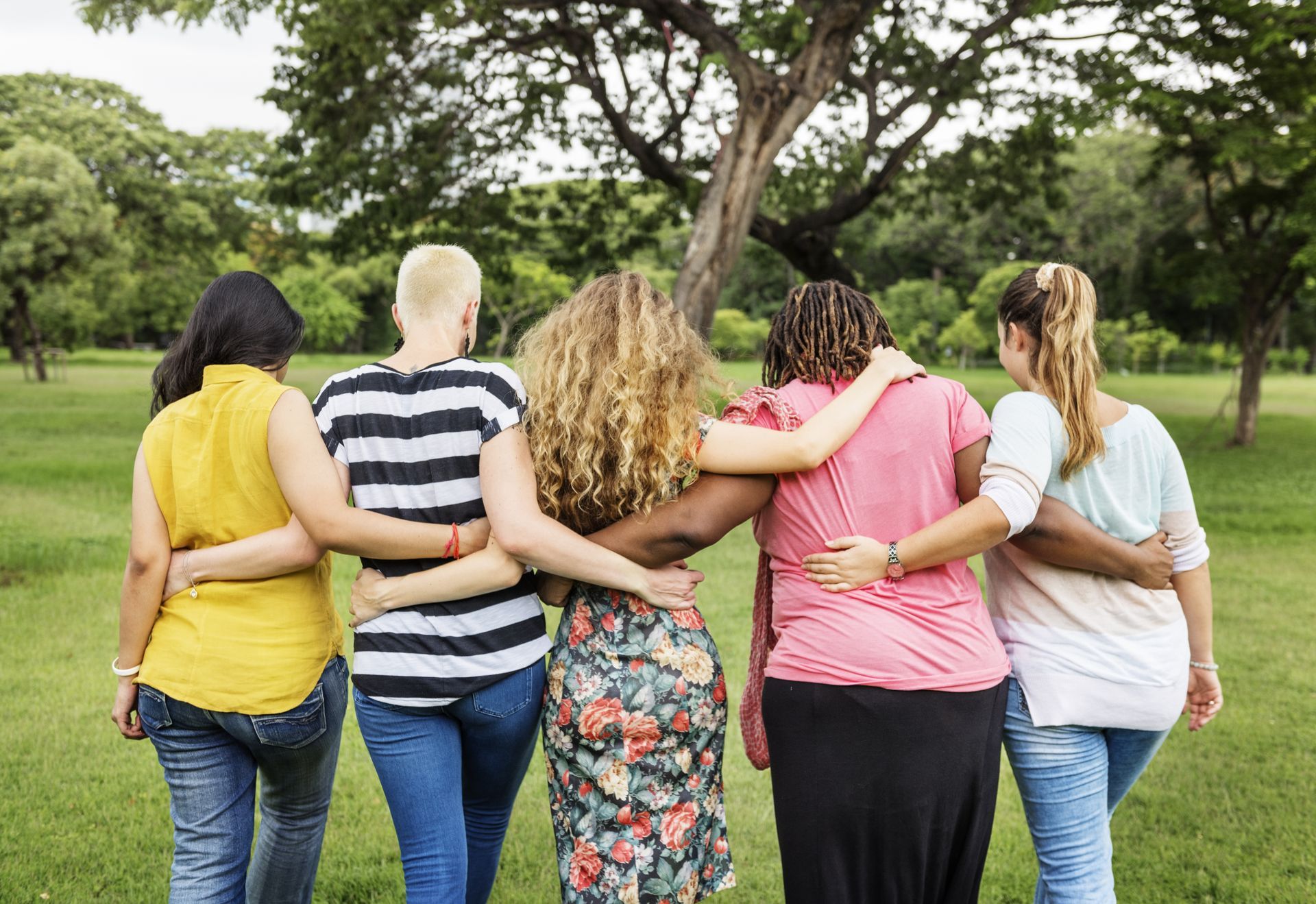
As year end approaches we've been reflecting on everything we've achieved and been part of at aneemo HQ. It's been a busy 12 months, from new course launches to bespoke training programmes and exciting new partnerships. We've picked out our top 10 favourite highlights below - thank you to everyone involved in making it another inspiring and jam-packed year!

This years’ 10th of October marks an important day in highlighting and raising awareness of how a community can comprehensively support its members. Not only does World Mental Health Day fall upon this day, but the date is shared with the recognition of World Homeless Day also. The 10th of October therefore creates a powerful and special opportunity for open and critical discussion into how we, as a society, can best support those who are struggling and effectively drive political change to support those facing multiple disadvantages.
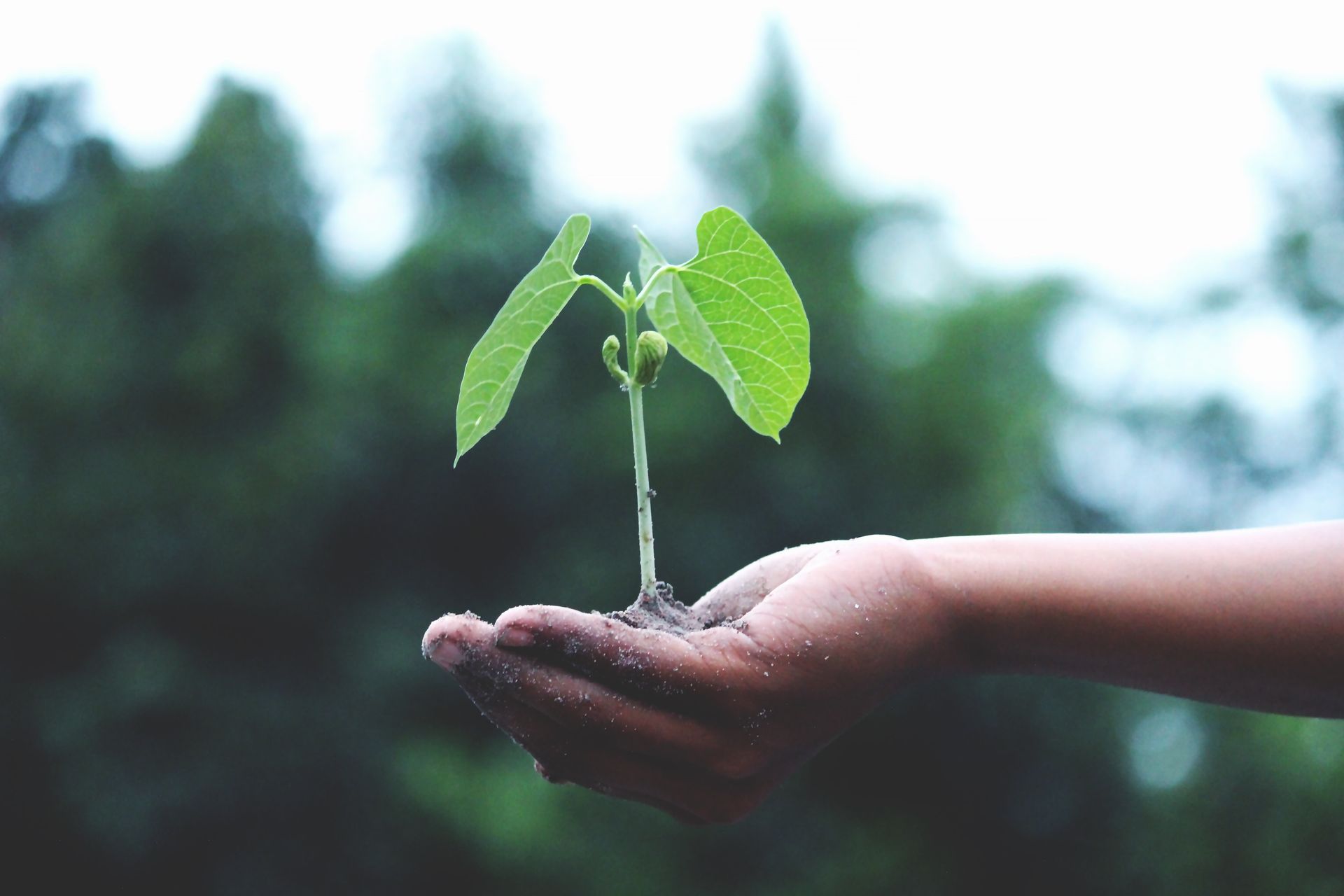
Aneemo is pleased to be working in partnership with Westminster City Council and Groundswell to develop a three tiered PIE training programme, launching in early 2023 . Funded for three years by the DLUCH Rough Sleeping Innovation grant, each level of the programme supports Westminster City Councils drive to create a Psychologically Informed and Trauma Informed supportive community model and cross-sector, borough-wide intervention.

